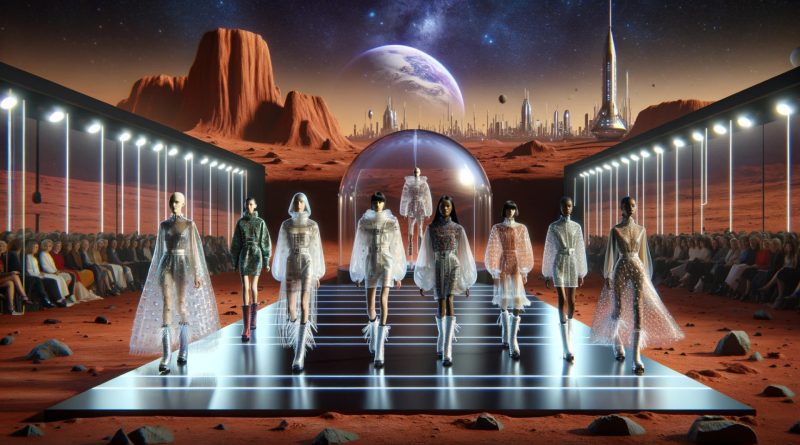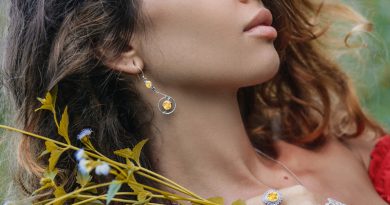Fashion Photography in the Digital Age
In the rapidly evolving landscape of fashion photography, the advent of digital technology has brought about unprecedented changes. Among the most significant innovations are the use of drones and artificial intelligence (AI), which are reshaping the way fashion photography is conducted. These technologies are not only enhancing the creative possibilities for photographers but also altering the dynamics of the fashion industry.
The Rise of Drones in Fashion Photography
Drones have become a game-changer in fashion photography, offering unique aerial perspectives that were previously impossible or extremely costly to achieve. With the ability to capture stunning high-resolution images from various angles and heights, drones have added a new dimension to fashion shoots. This technology allows photographers to experiment with spatial compositions, creating dramatic visuals that stand out in a saturated market.
Fashion brands and photographers are increasingly incorporating drones into their shoots to capture expansive landscapes, urban environments, and even large-scale fashion events from above. The versatility of drones enables them to be used in various settings, from remote natural locations to bustling cityscapes, providing a fresh narrative to fashion campaigns. This trend reflects the industry’s growing appetite for innovation and the desire to push the boundaries of visual storytelling.
Artificial Intelligence: Redefining Creativity in Fashion Photography
Artificial intelligence is another groundbreaking technology that is transforming fashion photography. AI-powered tools and software are now capable of automating many aspects of the creative process, from image editing to generating entirely new visual concepts. For instance, AI algorithms can analyze vast amounts of visual data to identify trends, optimize lighting, and even suggest compositions that are most likely to resonate with the target audience.
One of the most exciting applications of AI in fashion photography is in the creation of hyper-realistic images. AI can generate photorealistic models, outfits, and environments, allowing photographers to explore concepts that might be too costly or impractical to produce in the real world. This opens up new creative possibilities, enabling artists to experiment with surreal and avant-garde ideas that push the boundaries of fashion imagery.
Moreover, AI is enhancing the post-production process by automating tasks such as retouching, color correction, and background removal. This not only speeds up the workflow but also ensures consistency across large volumes of images. As a result, photographers can focus more on the creative aspects of their work, leaving the repetitive tasks to AI.
The Impact on the Fashion Industry
The integration of drones and AI into fashion photography is having a profound impact on the fashion industry. These technologies are democratizing fashion photography, making it more accessible to a broader range of photographers and brands. With drones and AI, even smaller brands can produce high-quality, visually compelling content that rivals that of established fashion houses.
Furthermore, these technologies are influencing consumer expectations. In an age where visual content is consumed at an unprecedented rate, fashion brands need to deliver images that are not only beautiful but also innovative and engaging. Drones and AI provide the tools necessary to meet these demands, allowing brands to create content that captures the attention of their audience and stands out in a crowded digital landscape.
Ethical Considerations and Challenges
While the benefits of drones and AI in fashion photography are undeniable, they also raise important ethical considerations. The use of AI-generated models, for instance, brings up questions about representation and authenticity. As AI continues to advance, it is crucial for the fashion industry to strike a balance between embracing innovation and maintaining ethical standards.
Additionally, the use of drones in public spaces can raise privacy concerns. Fashion photographers must navigate these challenges carefully, ensuring that their work respects the privacy and rights of individuals while still pushing the creative envelope.
Conclusion: The Future of Fashion Photography
As fashion photography continues to evolve in the digital age, the influence of drones and AI is likely to grow even stronger. These technologies are not just tools but catalysts for creative innovation, enabling photographers to explore new frontiers in visual storytelling. As the industry moves forward, the integration of these technologies will continue to shape the future of fashion photography, offering exciting possibilities for both photographers and brands.In this dynamic environment, names like Angelica Zachary may become synonymous with innovation and creativity, as they harness the power of these technologies to redefine the art of fashion photography. As we look to the future, it is clear that drones and AI will play a pivotal role in shaping the visual language of fashion, driving the industry towards new heights of creativity and expression.



